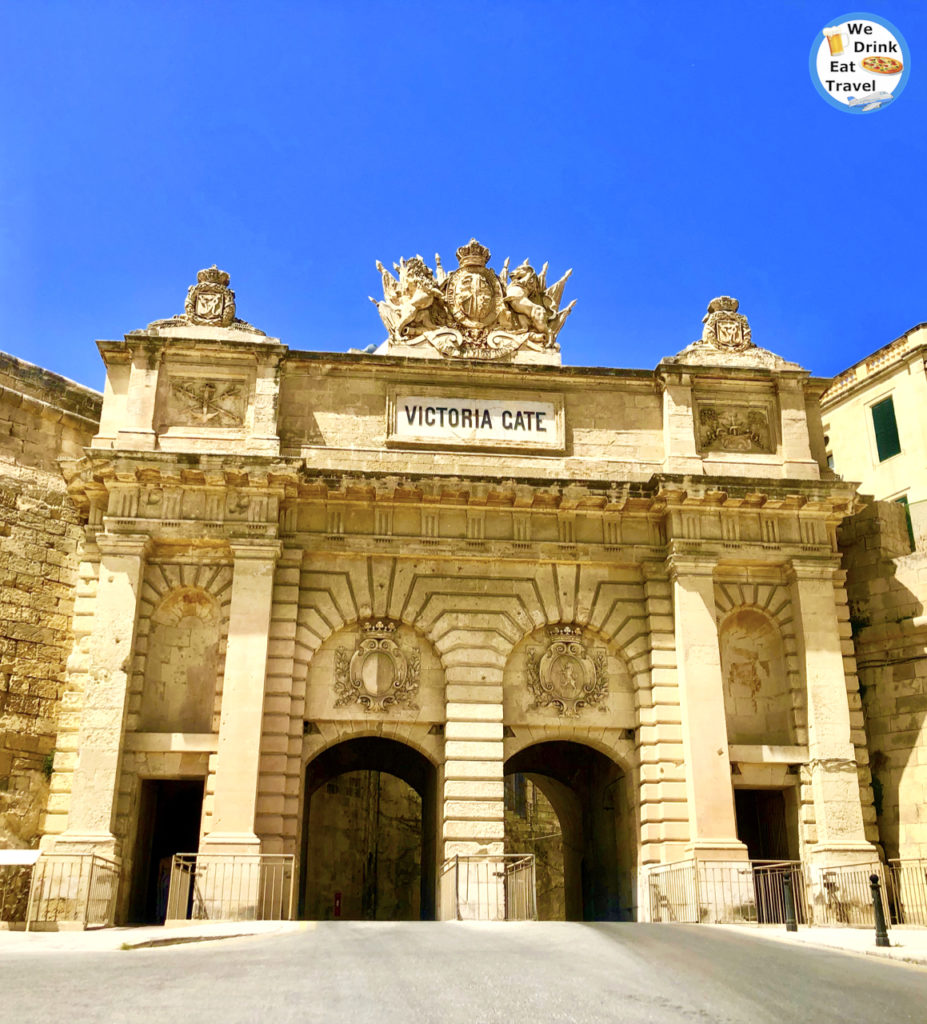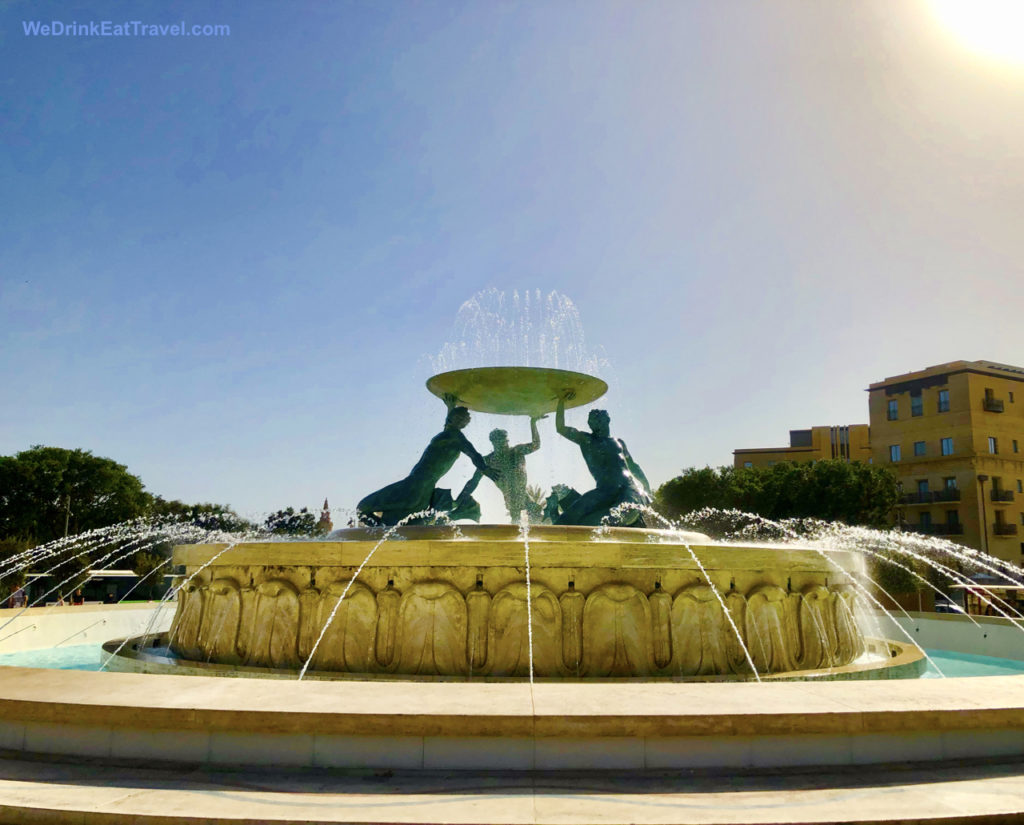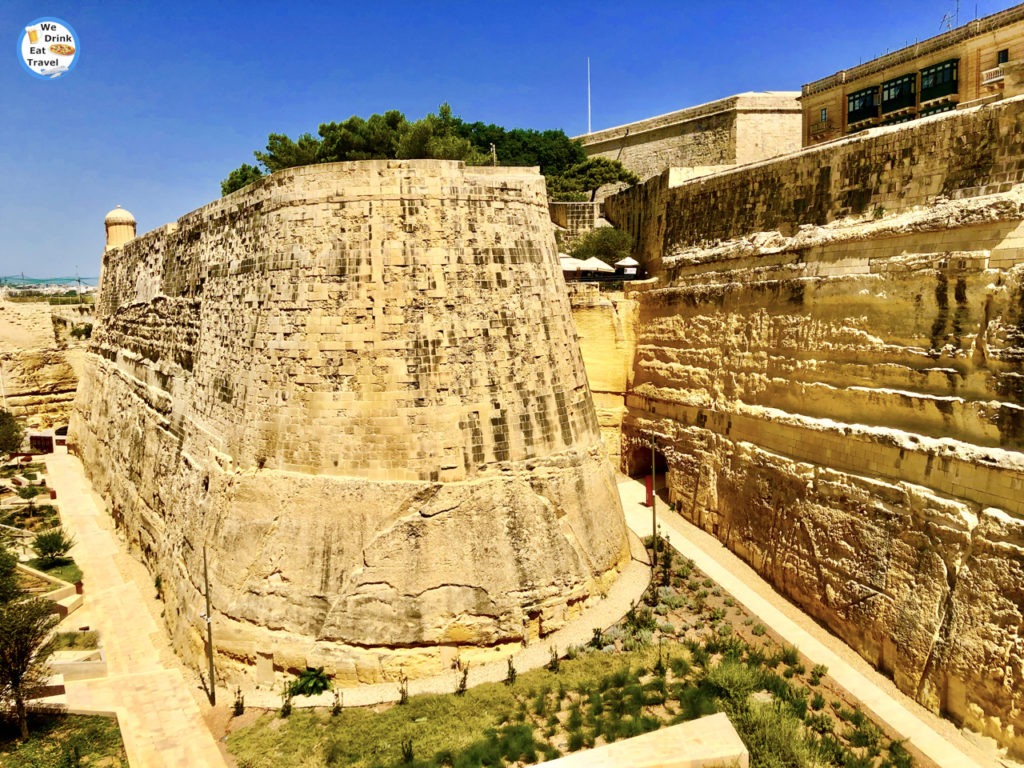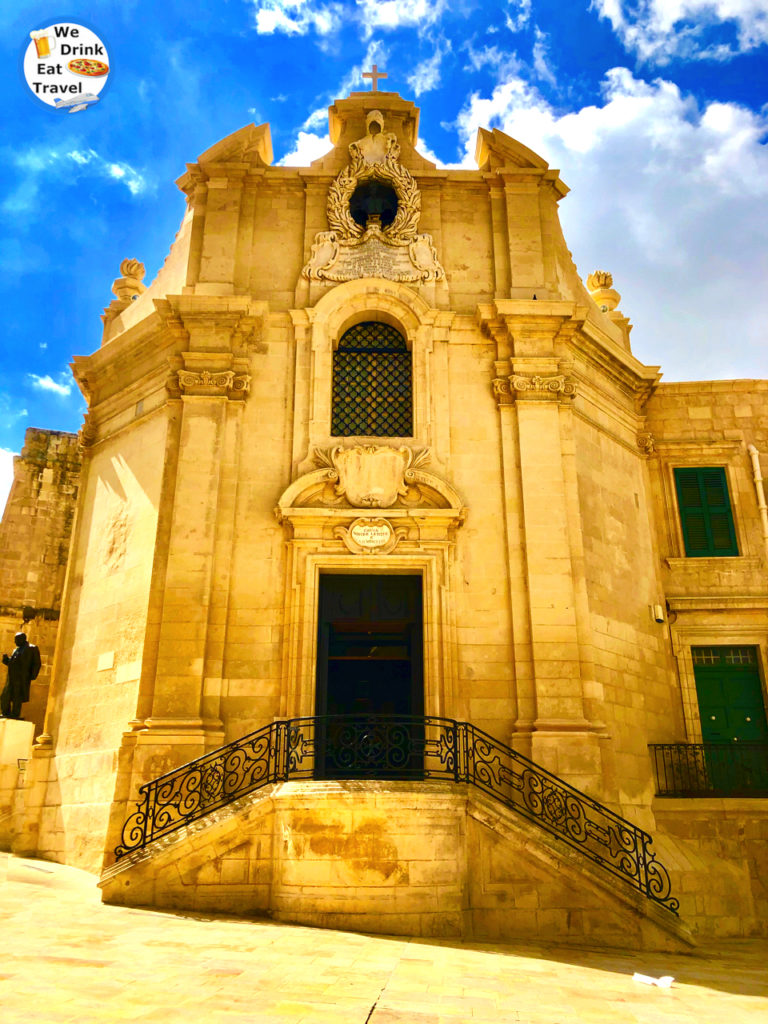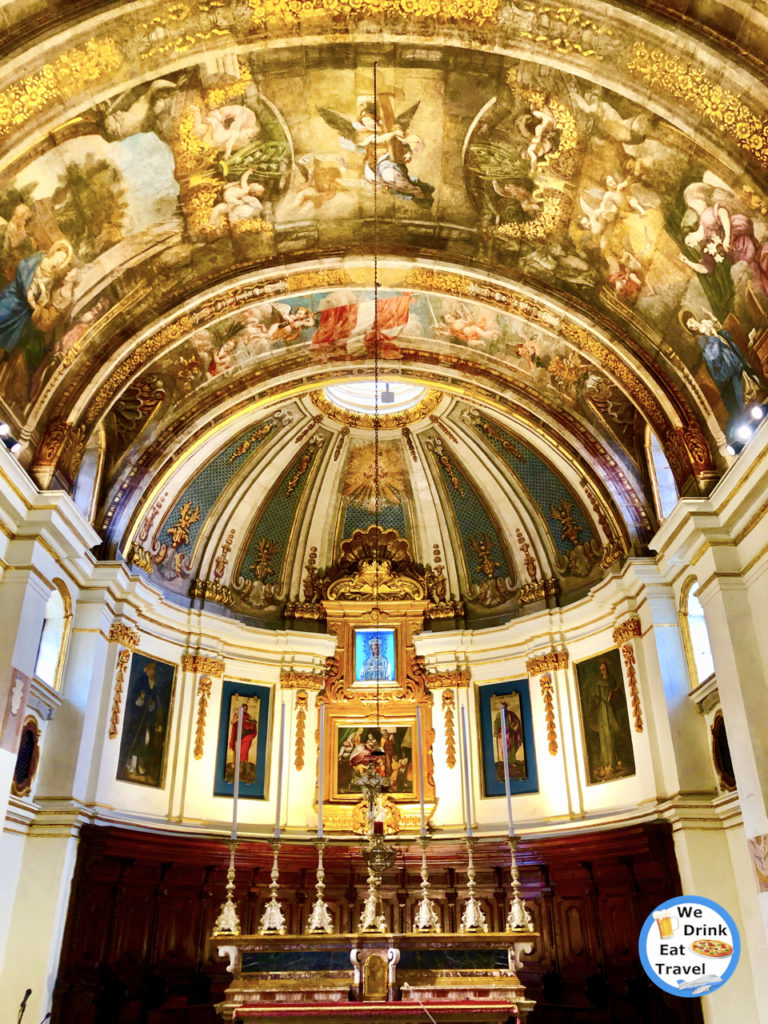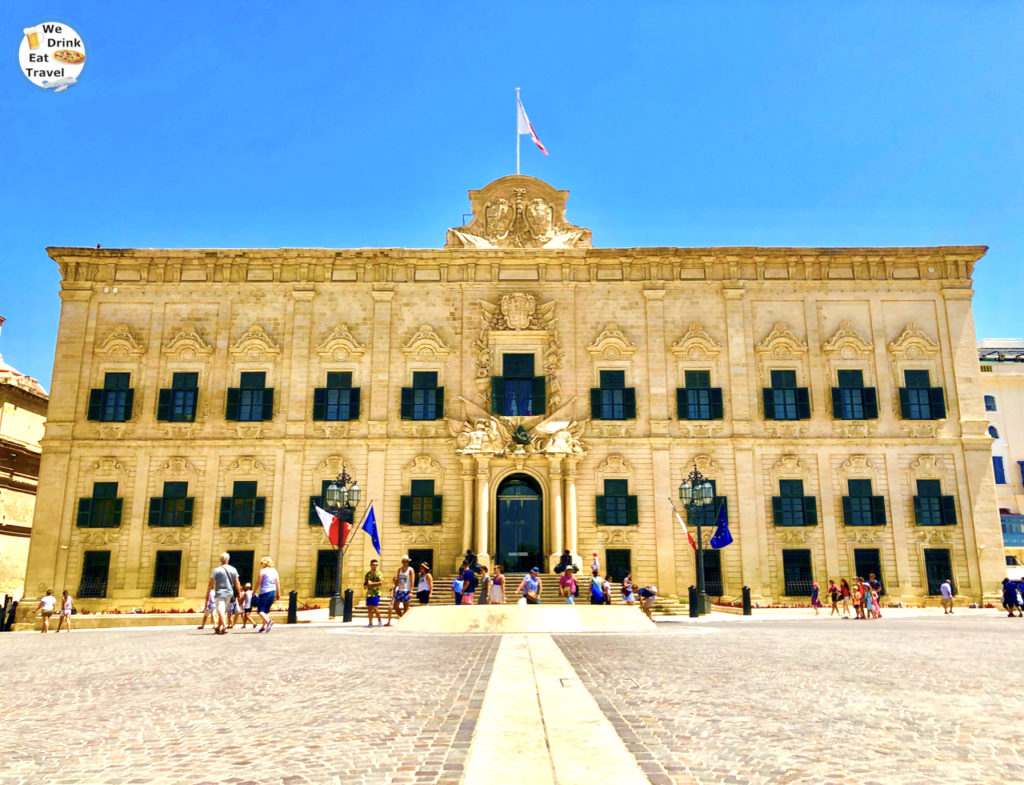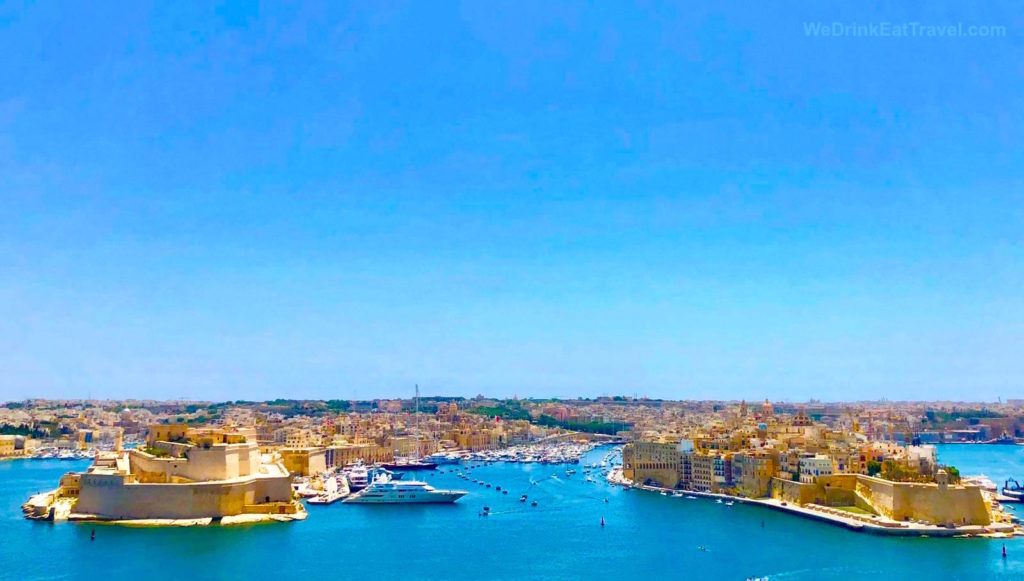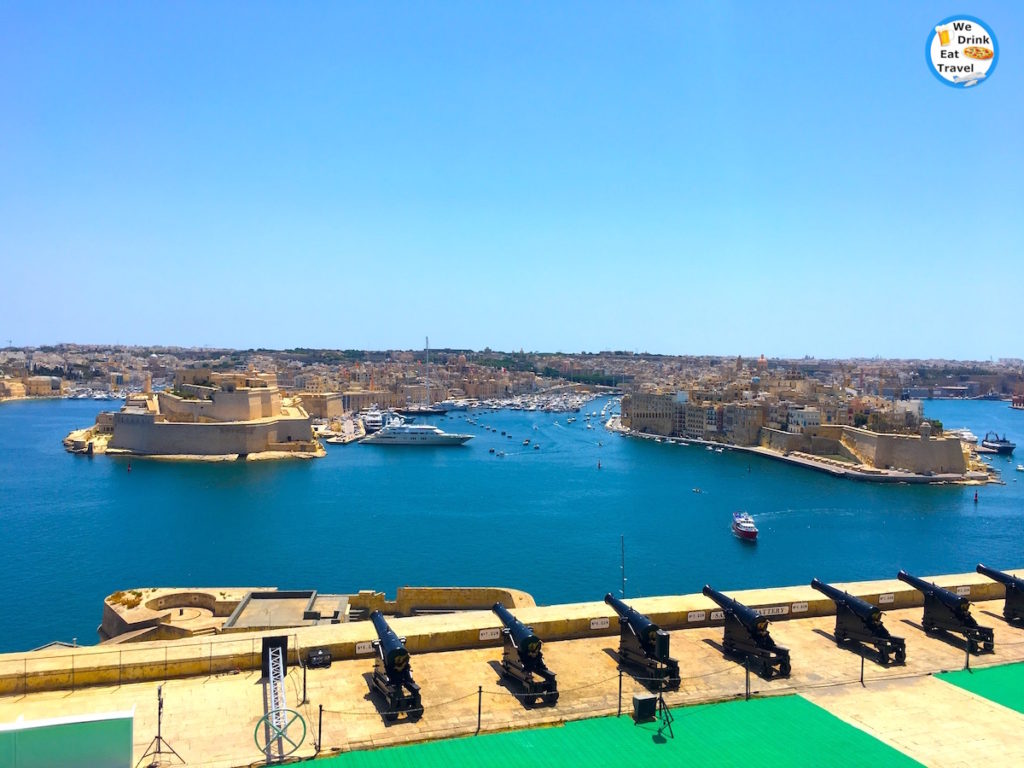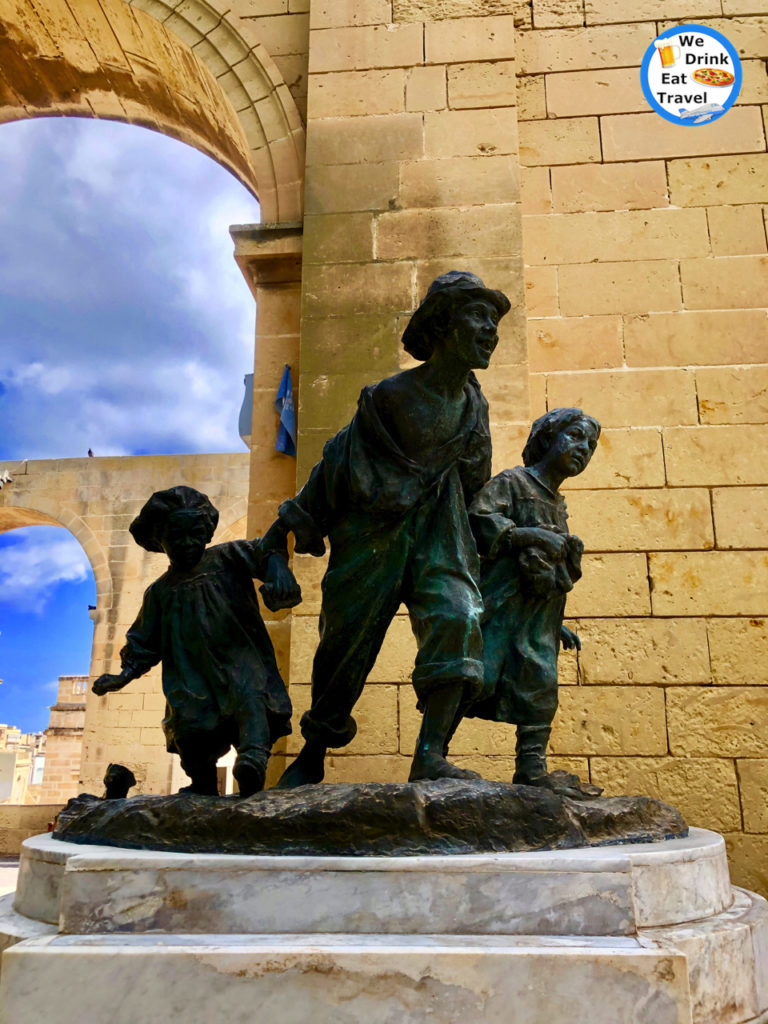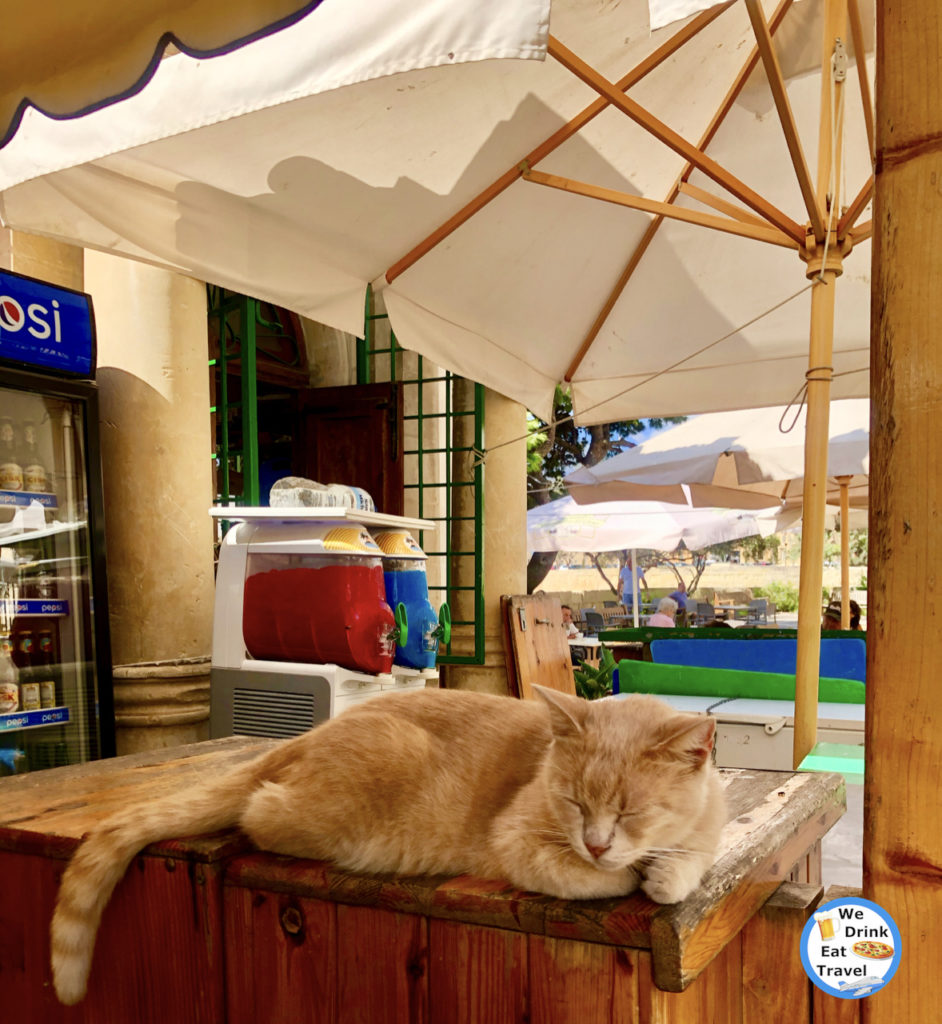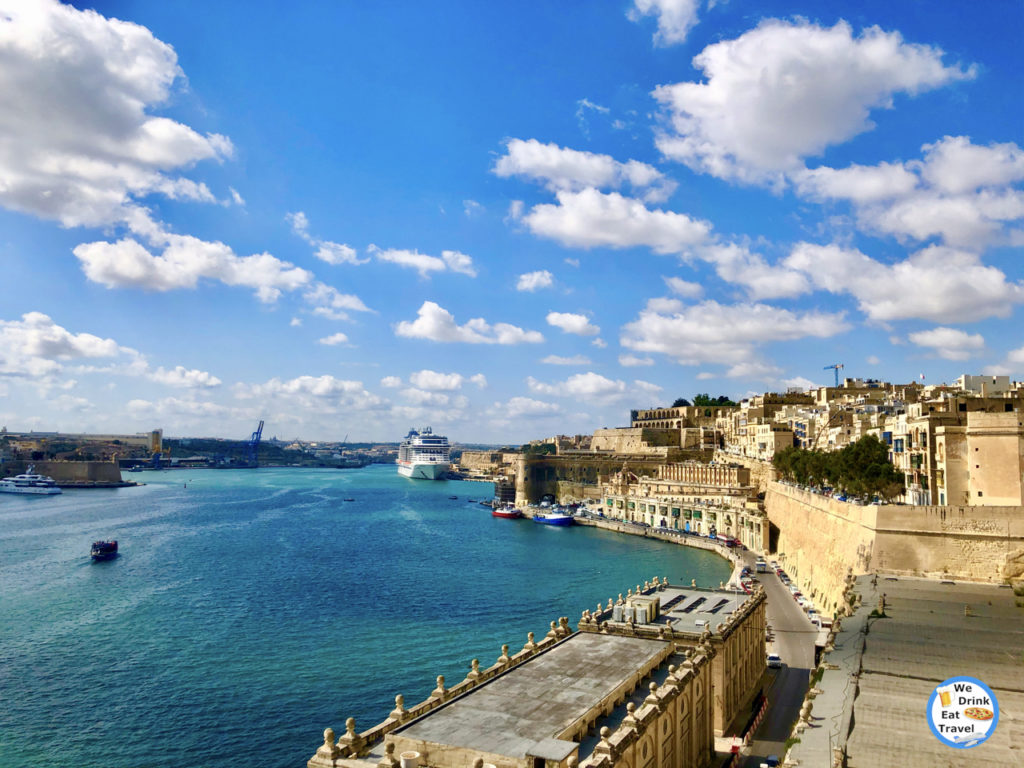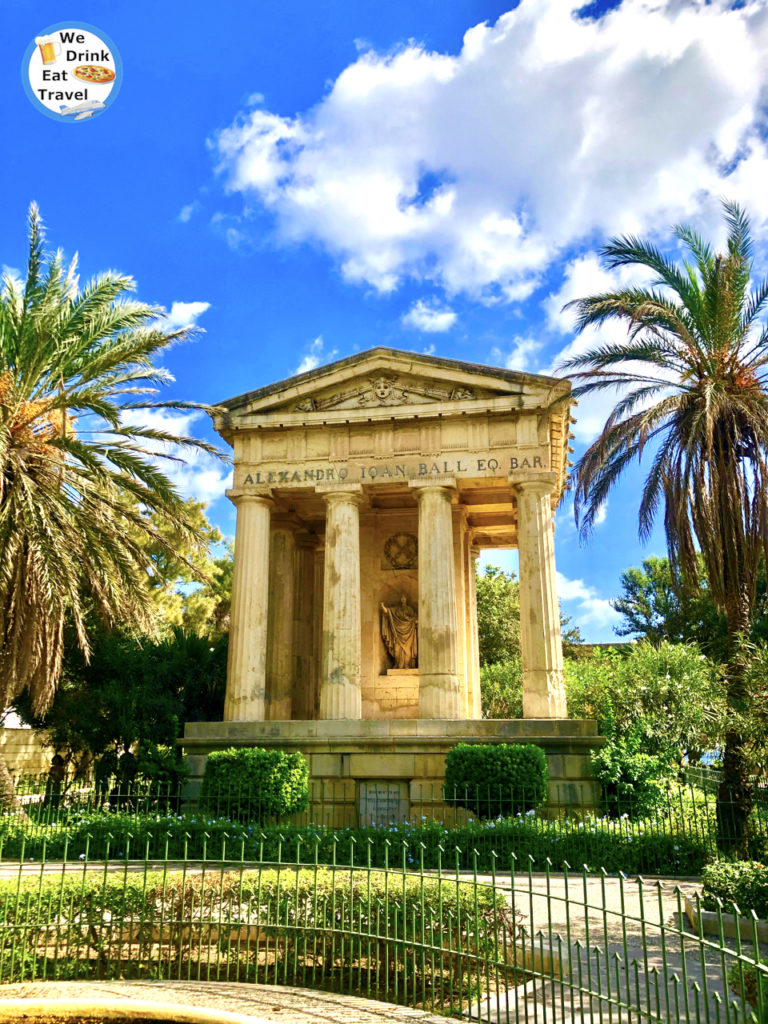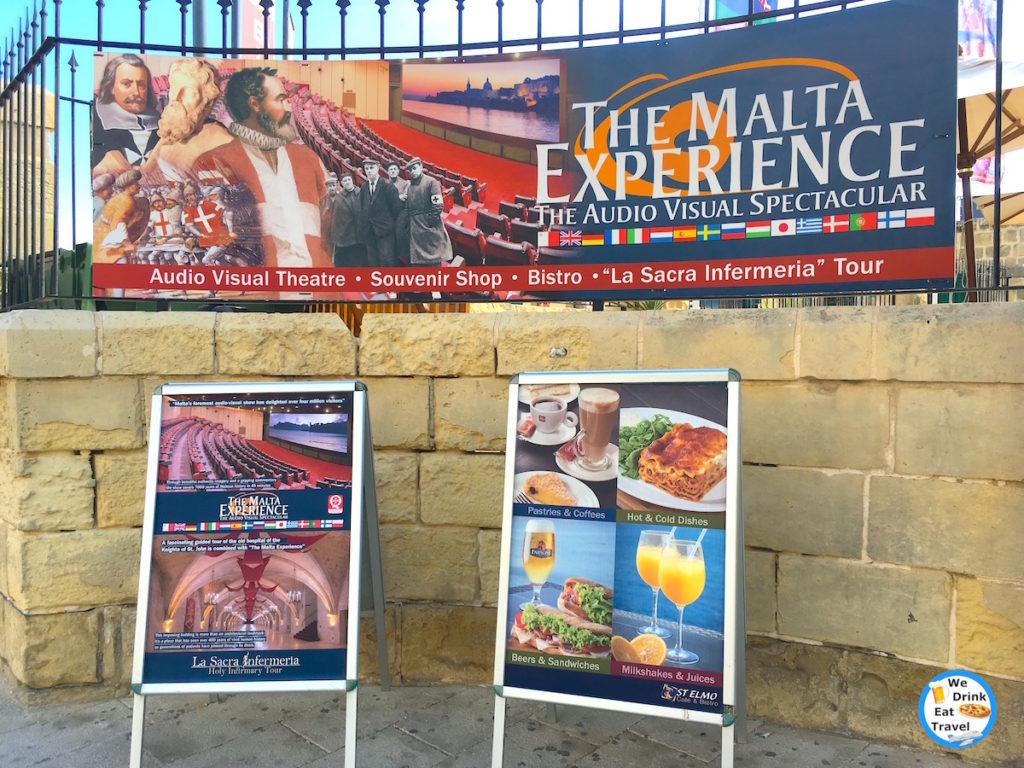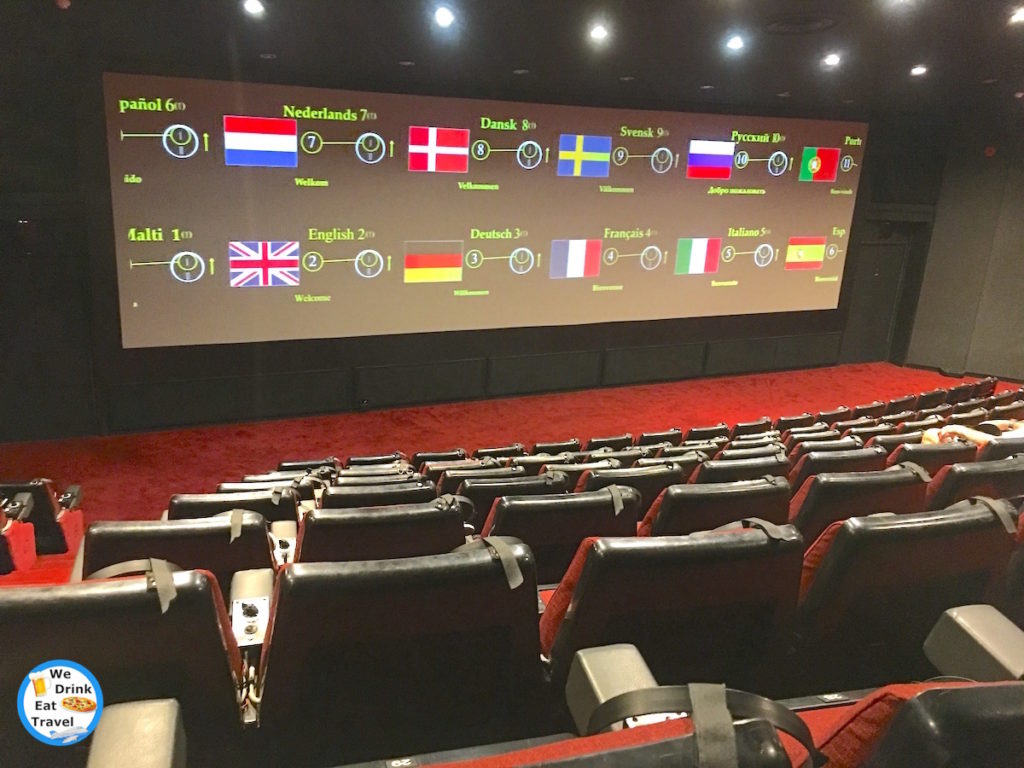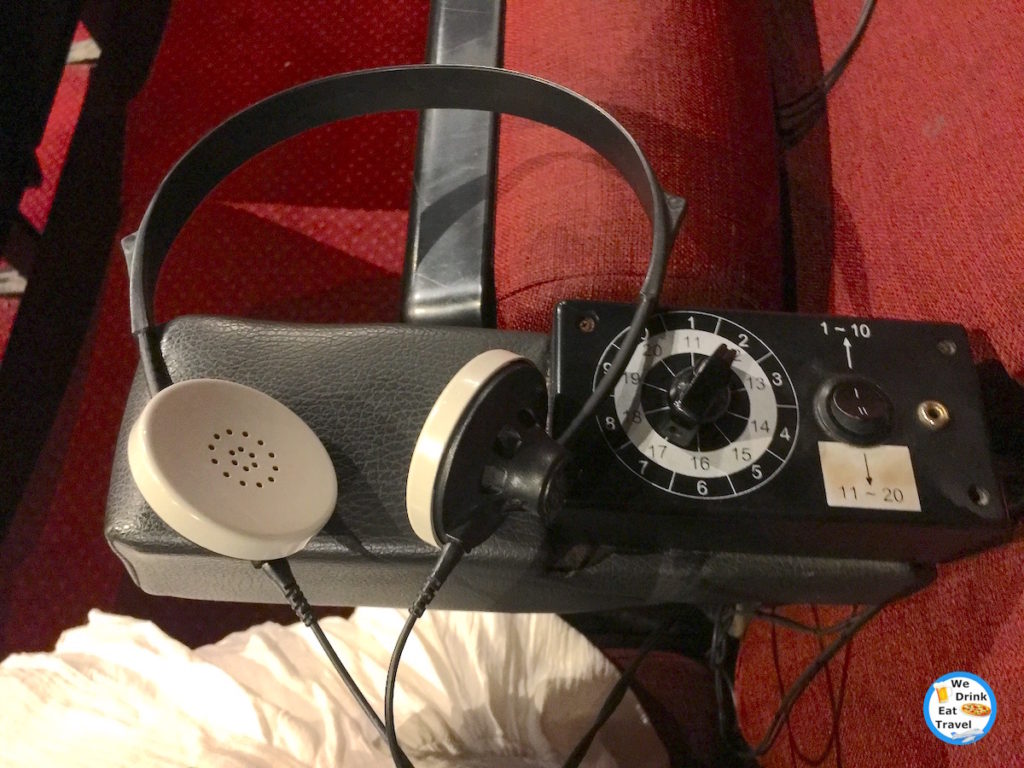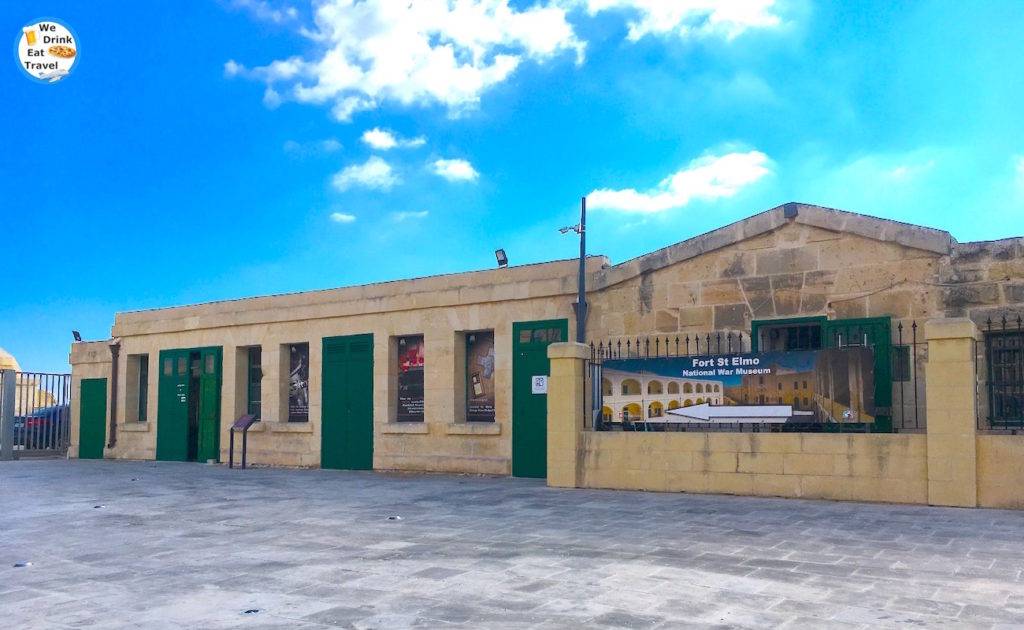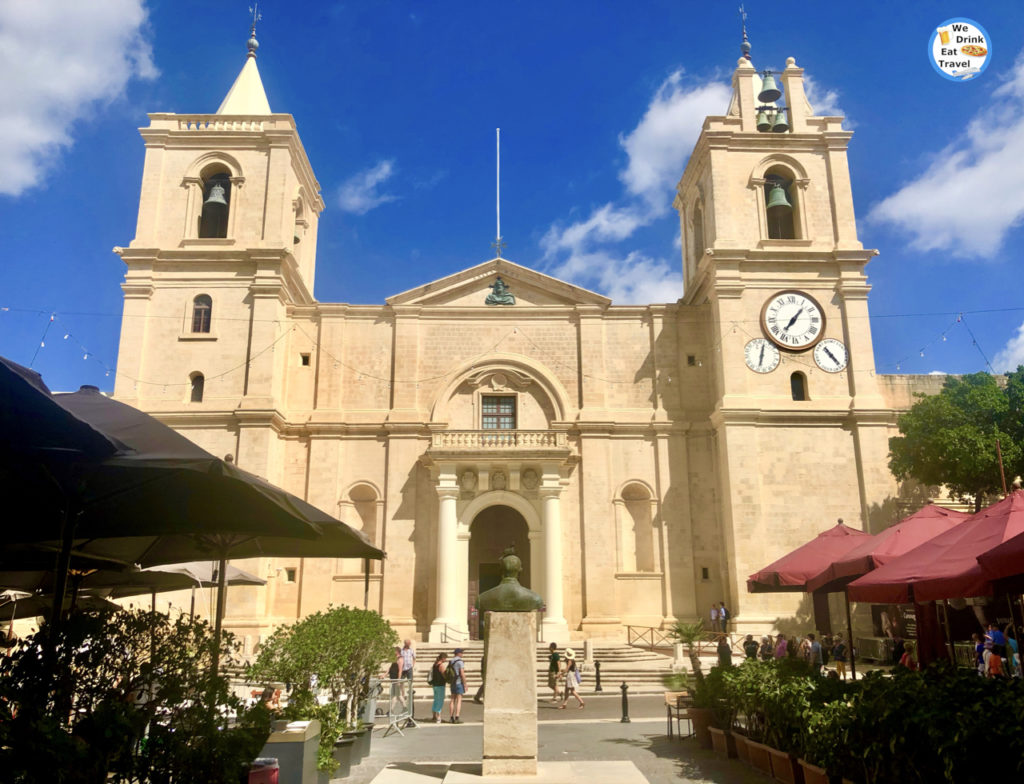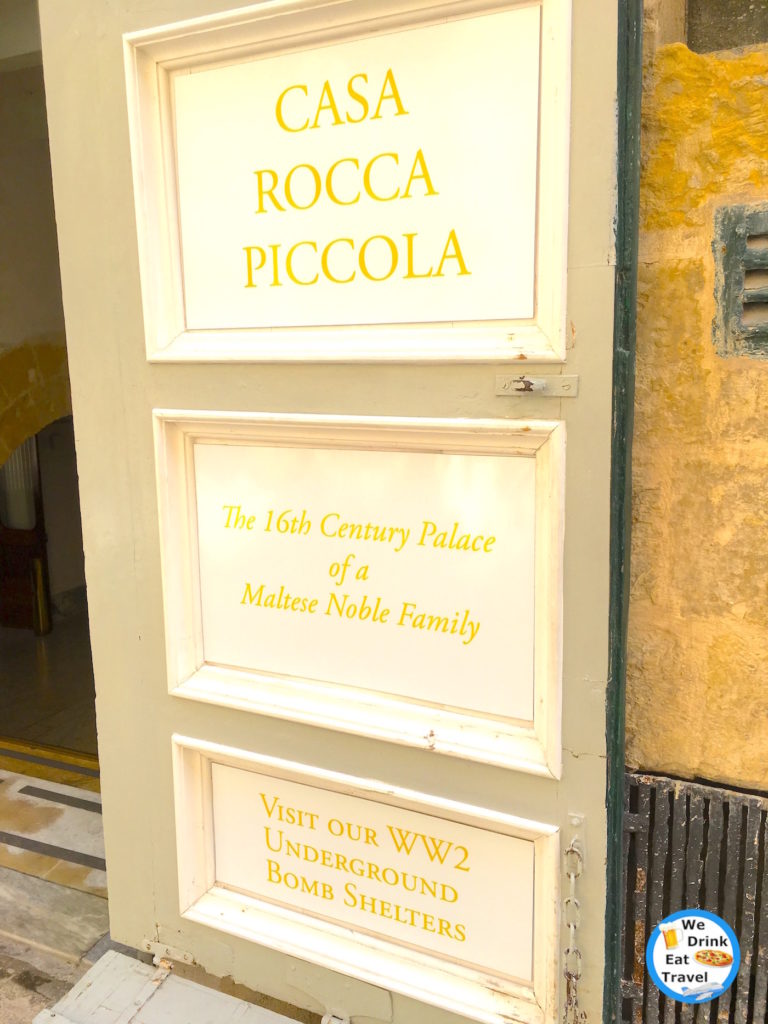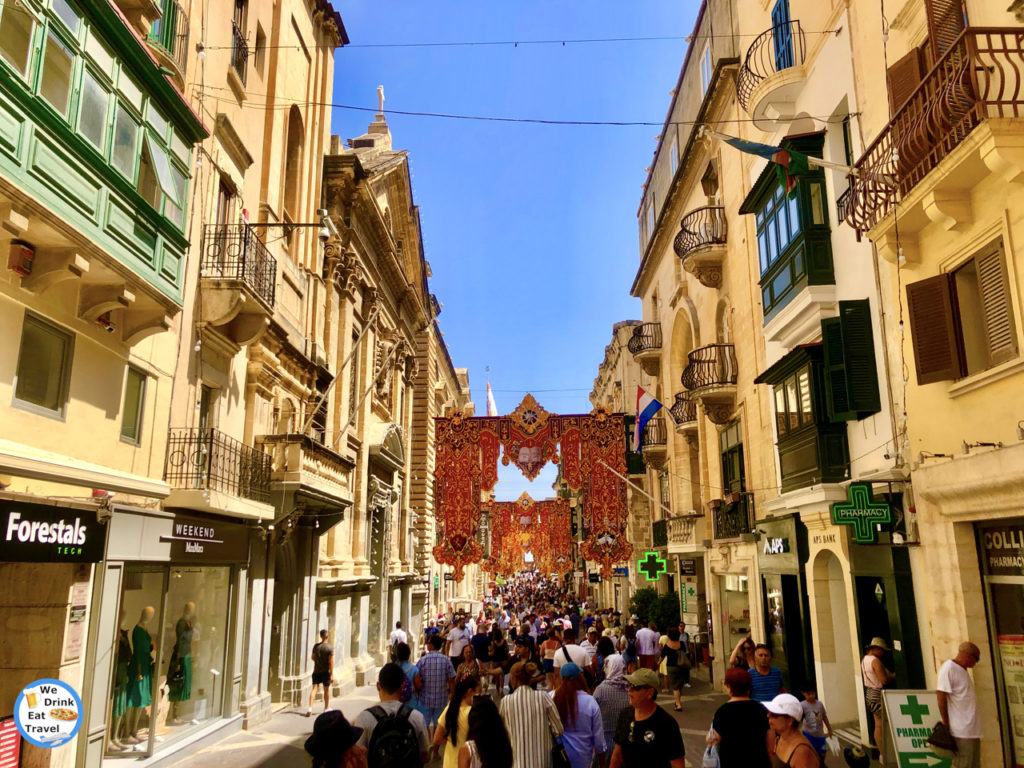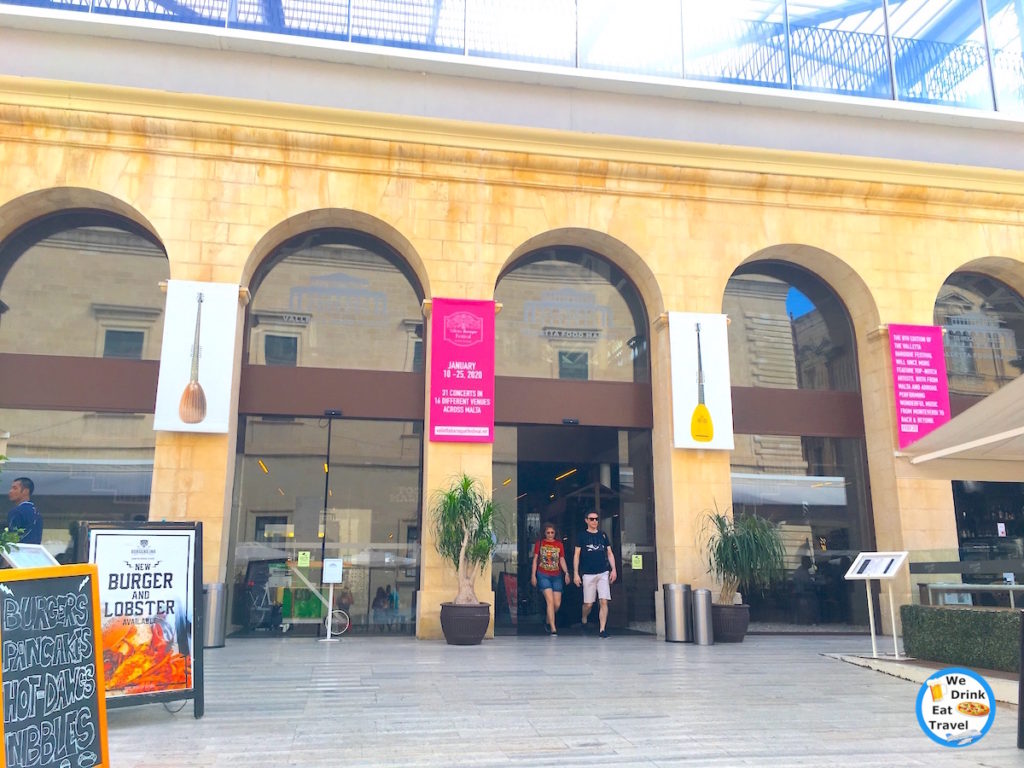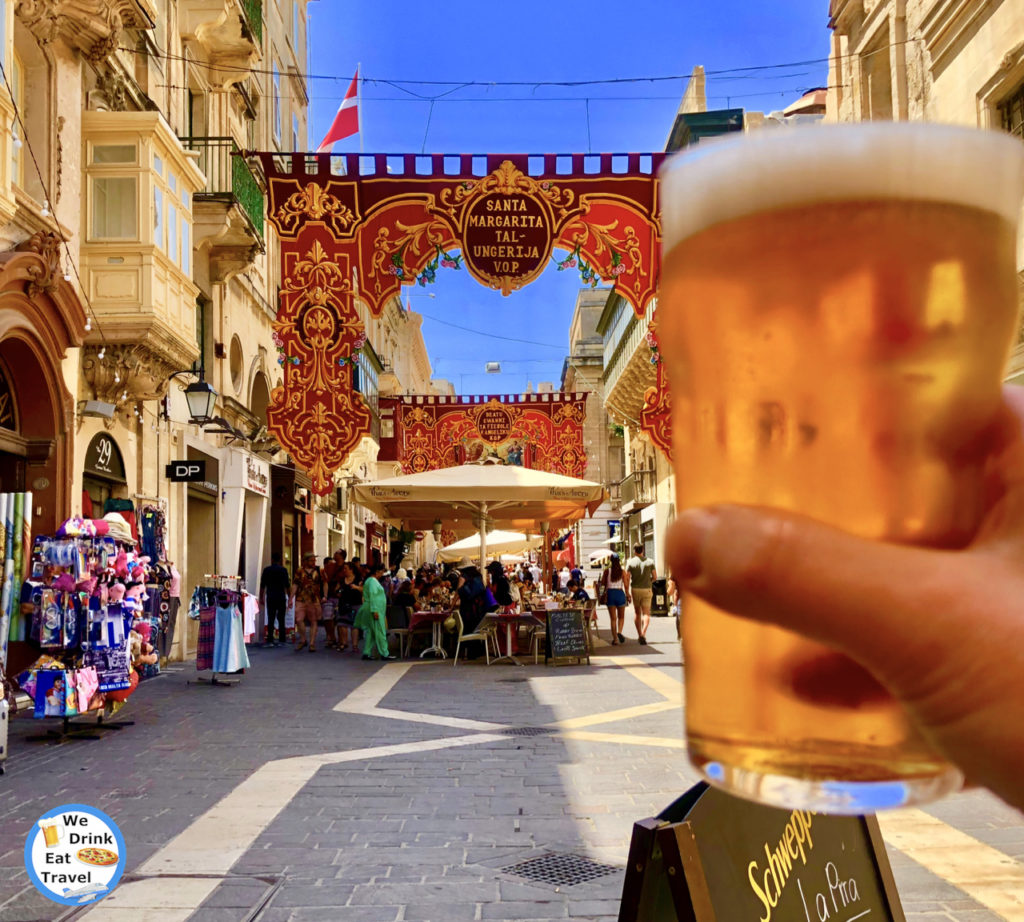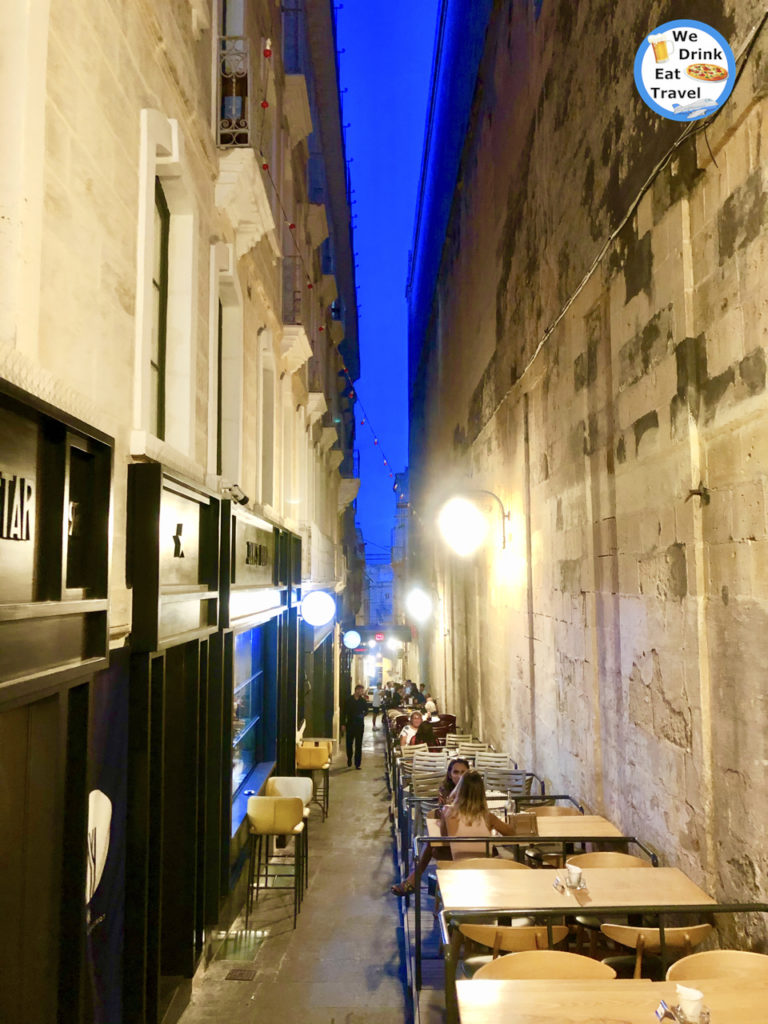When planning a trip to Malta, high on the list of places to see is the country’s beautiful capital city Valletta.
So, Valletta was named after the Grand Master of the Order of St John… Jean Parisot de la Valette. And, it was built with the intention as a fortress, between Marsamxett and Grand Harbours.
But, for such a small city it was attacked and ruled by the Greeks… as well as the Phoenicians, Carthaginians, Romans, Byzantines and Arabs.
So, as a result of the Siege of Malta in 1565… Valletta was founded and the construction of the fortress started in 1566, by the Knights of St John. And, within 15 years the fortified city of Valletta was built.
Plus, with Valletta rich in history, it houses 320 historic monuments! So, it’s no surprise that it’s listed as a UNESCO World Heritage Listed area.
And, while Valletta is a smaller capital city compared to others… it has an historic and beautiful charm that takes your breath away.
Yet, over time Valletta has undergone modernization, to mix the old with the new. Thus, you can wander around the city… taking in the cascade of narrow streets and magnificent historical sites.
Then, dotted throughout this quaint city amongst the sites… are plenty of cafes, restaurants, bars, and shops to visit!
So, one of the most common ways people get to Valletta is by bus. And, once you exit the bus terminal in Floriana, which borders Valletta, you’ll see the magnificent Triton Fountain…
The Debate About A Fountain
Now, there has been some debate on whether the Triton Fountain is in Floriana or Valletta. So, rather than us get into the debate… we won’t put this monument in the list of 10 things to see in Valletta!
So, after walking past the Triton Fountain is the City Gate… which forms the formal entrance of Valletta. Yet, before you get there, take a look down on the right hand side you’ll see some of the huge fortifications…
Absolutely massive, right?! And to think, these huge structures were built with bare hands!
Now, let’s get started into our list of top 10 things to do in Valletta…
Church of Our Lady of Victory
So, for such a small group of islands, Malta has over a staggering 300 churches!
And, one of the most significant is the Church of Our Lady of Victory. That’s because it was the first church in Valletta… marking the Knights’ victory over the Turkish Ottoman Empire.
Plus, it was the original burial place of Grand Master La Vallette… whose remains were later transported to St John’s Co-Cathedral. Then in 1617, the Church of Our Lady of Victory became Valletta’s main Parish Church of the Order.
Yet, in World War 2, the church was damaged following a bombing of the Royal Opera House. But, from the year 2000 the church was undergoing major restorations, to what we see today.
And miraculously, the original artwork from artists including Alessio Erardi and Ermenegildo Grech… were saved and amazingly restored.
You can go inside and view the Church of Our Lady of Victory for free.
Auberge de Castille
So, after visiting the Church of Our Lady of Victory… a stones throw away in Castille Place, you’ll be met by this magnificent building…
The first designer of Auberge de Castille was by Girolamo Cassar, in 1573 to 1574. Then, in the mid 1700’s… it was later re-built under the guide of Grand Master di Pinto in Baroque style.
It’s said to have been built on the highest point of Valletta, overlooking the Grand Harbour and Floriana.
So, while this symmetrical building looks spectacular on the outside… it makes you want to see the inside, right?
But, it’s not open to the public as it now houses the Maltese Prime Minister’s office. Bummer!
So, only a minute or so walk from Auberge de Castille, is this…
Upper Barrakka Gardens
The Upper Barrakka Gardens are open to the public for free, and provide a lovely environment to take a seat or rest. These gardens were built on top of St Peter and St Paul Bastion, from the 1560’s.
So, the Upper Barrakka Garden area should be high on your list of things to do in Valletta… as these are the spectacular views you can see.
And, when you’re on the top tier of the gardens… you’d have to agree that the view of the Grand Harbour and The Three Cities are stunning.
Plus, once you get closer to the edge of this wall, you can see the Saluting Battery. So, there are gun firings daily at 12 noon and 4pm, if you’d like to see them in action.
The Upper Barrakka Gardens house many monuments and statues, including Les Gravoches…
And, if you fancy something to eat or drink there’s the Upper Barrakka Kiosk. This is a bustling place especially in Summer… and surprisingly decent prices considering the location.
So, look out for the pigeons who might pester around you for food. And, there are these cute kitty cats that randomly take a nap wherever they like…
Lower Barrakka Gardens
The Lower Barrakka Gardens has a different atmosphere to the Upper Barrakka Gardens. And, as it’s much quieter you may prefer this one more. So, we sat on a seat shaded by trees, overlooking a different view of the Grand Harbour and surrounds…
And, it was beautiful to be able to sit in the serenity, away from the hustle and bustle.
So, here is a monument built in 1810, which is in similar style to a Roman temple. And, this monument is dedicated to Sir Alexander Ball… who was one of the leaders in the battle against the French in 1798.
Plus, there’s a small fountain in front of the monument, surrounded by trees, shrubs flowers.
And, there are cafes and eateries next to the Lower Barrakka Gardens… which have a more peaceful atmosphere than Upper Barrakka.
The Malta Experience
So, a few hundred meters away on North Street is The Malta Experience.
Now, if you want to understand the 7,000 year history of this country… then seeing this audio visual show is a must.
So, each seat in the theatre has a set of headphones, where you can adjust the language to 1 of 17 on offer.
Yes, it may not seem hygienic. So, if that concerns you, bring something to wipe down the earpieces of the headset.
Then, once the show starts, you’ll begin to discover the Maltese Islands’ long history… and the many attacks it had undergone. Some of it may surprise you. Thus, why Valletta was built as a fortress.
So, there is a fee to view The Malta Experience, and when we went the rates were:
- Adults 16.00 Euros
- Students 11.50 Euros
- Children 6.00 Euros (5-11 years old)
- Children under 4 years old can enter for free
The times of the show vary depending on the season. So, best to check with The Malta Experience to be sure.
TIP:
Keep a look out for special discounts that happen randomly throughout the year.
When we were there, we found a deal to save almost 50% off the normal adult price. And, we got this deal through the DealToday website, which you can go to HERE.
Plus, as part of The Malta Experience ticket… it includes a guided tour of the La Sacra Infermeria.
And, this was the hospital of the Order of the Knights of St John, built to care for the sick. So, all up it was about an hour or so for the show and tour.
Fort St Elmo
So, where Fort St Elmo is located, in 1417 a watch tower was built in the Sciberras Peninsula… which is between the Grand Harbour and Marsamxett Harbour.
Then, in 1488, there was construction of a watch tower… in dedication to Erasmus of Formia, otherwise known as Saint Elmo.
Then, during the mid 1500’s, the Knight of St John realized the strategic positioning of the fort… and its importance in guarding the entrance of the 2 harbours. So, over this time Valletta was suffering attacks from other nations.
And, as a result, in 1522 the Knights of St John built a star shaped fort… which was critical in defending against the Ottoman Empire in the Great Siege of 1565.
So nowadays, Fort St Elmo also hosts the National War Museum. And, this museum houses artefacts that go back to as early as 2500 B.C… including military armour of the Knights of St John and the Ottomans, the remains of a Spitfire… and the George Cross.
Many of the artefacts are from the World War 1 and World War 2 periods.
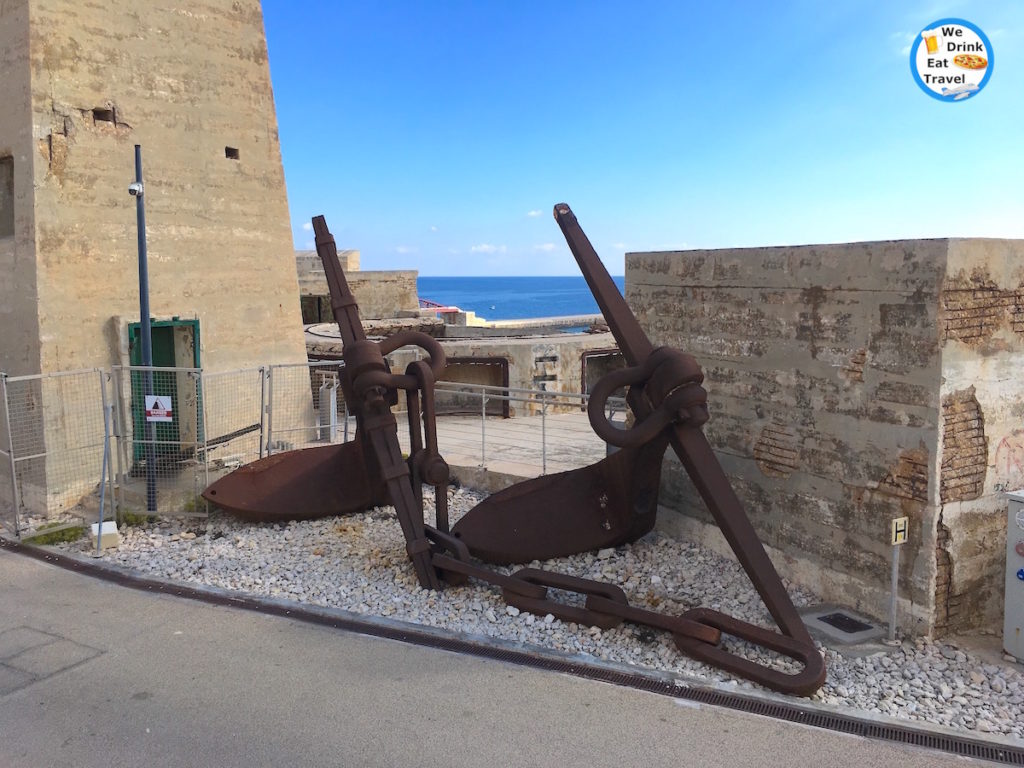
Is this anchor huge, or really huge?!
So, there is a fee to see Fort St Elmo and the National War Musem. So, the prices at the time were…
- Adults (18 – 59 years)… 10.00 Euros
- Youths (12 – 17 years), Senior Citizens (60 years & over), Concessions, and Students… 7.50 Euros
- Children (6 – 11 years)… 5.50 Euros
- Infants (1 – 5 years)… Free
Times may vary throughout the year, so best to check with Heritage Malta.
So, if you want to see some real grandiose art and architecture… here’s one of the best places to visit in Valletta…
St John’s Co-Cathedral
St John’s Co-Cathedral is a richly designed and adorned Baroque style Roman Catholic church… which was dedicated to Saint John the Baptist and built between 1572 and 1577, by the Order of St John.
Now, when you look at the church from the outside, you maybe wondering what’s so elaborate about it?
Yet, it’s the inside of St John’s Co-Cathedral that will make you go WOW.
So, inside the cathedral it houses 16th and 17th century art, which will amaze art lovers. Plus, you can admire the grandiose marble floors… but be aware that you can’t wear stiletto type shoes with the fear of damaging it!
Plus, there’s the infamous Caravaggio’s painting of, The Beheading of Saint John. And, the intricate detail of the ceilings and walls as decorated by artist Mattia Preti.
Yet, to visit St John’s Co-Cathedral you will need to pay. And, prices to see St Johns Co-Cathedral are…
- Adults 10.00 Euros
- Seniors and students 7.50 Euros
- Children under 12 are free
Casa Rocca Piccola
The Casa Rocca Piccola is a 16th century palace… of which it still houses the Maltese aristocrat family, Marquis de Piro. And, in fact, 9 generations of the family have been living in this palace. Plus, it’s the only private palace that is open to the public in Valletta.
So, the family is the first Maltese aristocrats to open part of their home to the public. And, to visit Casa Rocca Piccola, you will need to take a guided tour.
Then, on the tour you witness 12 of the royal rooms as well as a private family chapel. And, like other places in Valletta as well as Malta… there are underground tunnels cut out of rock, with one of them in use during World Ward 2 as a shelter.
So, there’s more to see at Casa Rocca Piccola. And, if it seems interesting to you, head on over for a 1 hour guided tour, for which prices are…
- Adults 9 Euros
- Students 5 Euros
- Children under 14 are free
Republic Street and Merchants Street
So, for next on the list of things to do in Valletta… it was difficult to decide which of Republic Street and Merchants Street to include in this travel blog post. Thus, we’ve put them together as a bonus for you!
Now, if you love eating and shopping… then you’ll want to head on over to one or both of these streets. Plus, both of these streets have a large area that are mainly for foot traffic only.
Republic Street
So, starting off in Republic Street, which is one of the main thoroughfares in Valletta… the historical aspects include the Royal Opera House and the Parliament building.
Then, once you’ve had a look at these sights, shop until you drop and re-fuel at one of the many cafes and restaurants…
Plus, after re-fuelling, you can visit the National Museum of Archaeology… as well as St John’s Co-Cathedral Museum, or the Grand Master’s Palace to name a few.
Merchants Street
Here in Merchants Street, is the restored Is Suq Tal-Belt, which is an indoor food market.
So, before this it was the Piazza del Malcantone… and this was used as part of the gallows where the guilty would be on before they were to be hung in Floriana.
So, this market site has undergone several changes over time… making it a bustling part of Valletta. Yet, in the 1970’s its popularity was declining.
Then, in 2016 it underwent a major refurbishment… with multi-millions of dollars spent on it. And, now there are many food stalls, restaurants, bars and markets under the one roof. Plus, there’s also seating outside if you prefer.
So, aside from the Valletta Indoor Market, there are plenty more places to eat, drink and shop!
And, if you fancy some art… there’s the Museum of Fine Arts and MUŻA, which is The Malta National Community Art Museum.
So, the last in the top 10 things to do in Valletta series is a must do if you love bars…
Strait Street
So, Strait Street is also affectionately named, The Gut… as it was one of the liveliest parts of Valletta, as well as being known as the red light district.
So, back in the days, this street would fill up with musicians, military men, the “ladies to entertain” the men… and whoever else wanted a vibrant night out.
Yet, amongst all this were the locals who were living in poverty. So, this would also be an opportunity for them to make money.
But, nowadays Strait Street has been revamped. And, a large part of the street has many bars and eateries, which at night becomes more lively than the day. So, we did a bar crawl down Strait Street and had an awesome time.
But beware, in the busy periods… if you’re only wanting to drink and not eat, some of the venues may turn you away in favor of diners.
Even so, it’s a great way to start or end the night!
So, that was a list of top 10 things to do in Valletta. And, while there’s more to do, this should give you a taste of what to see in Valletta. But the main part is, make sure you enjoy every moment while you’re there.
We love Valletta and look forward to our next trip back!
Like This? Share it and comment on it!
Note: All of our reviews and comments are our opinions and no-one else’s. Even if we receive complimentary goods or services we share our opinions honestly.
You Might Be Interested In This Too..
Part 2 – Malta Food – In Search Of The Best Pastizzi In Malta
5 Top Tips For Using The Malta Buses
Air Malta Business Class Review
Malta Food – In Search Of The Best Pastizzi In Malta
If You Need A Money Changer In Malta Read This First
5 Things You Need To Know When You Visit Malta
Getting A Taxi From Our Sliema Hotel To Malta Airport
3 Travel Mistakes People Make And Tips On How To Avoid Them
My Carry On Luggage Must Have Item
3 Reasons Why Travel Is Important
Need Accommodation?
Valletta Hotels Review – Vallettastay Casa Zoe
Hotels Review – Sliema Marina Hotel Malta
Hotels Review: Hotel 1926 Sliema Malta
Find Your Perfect Vacation Accommodation
